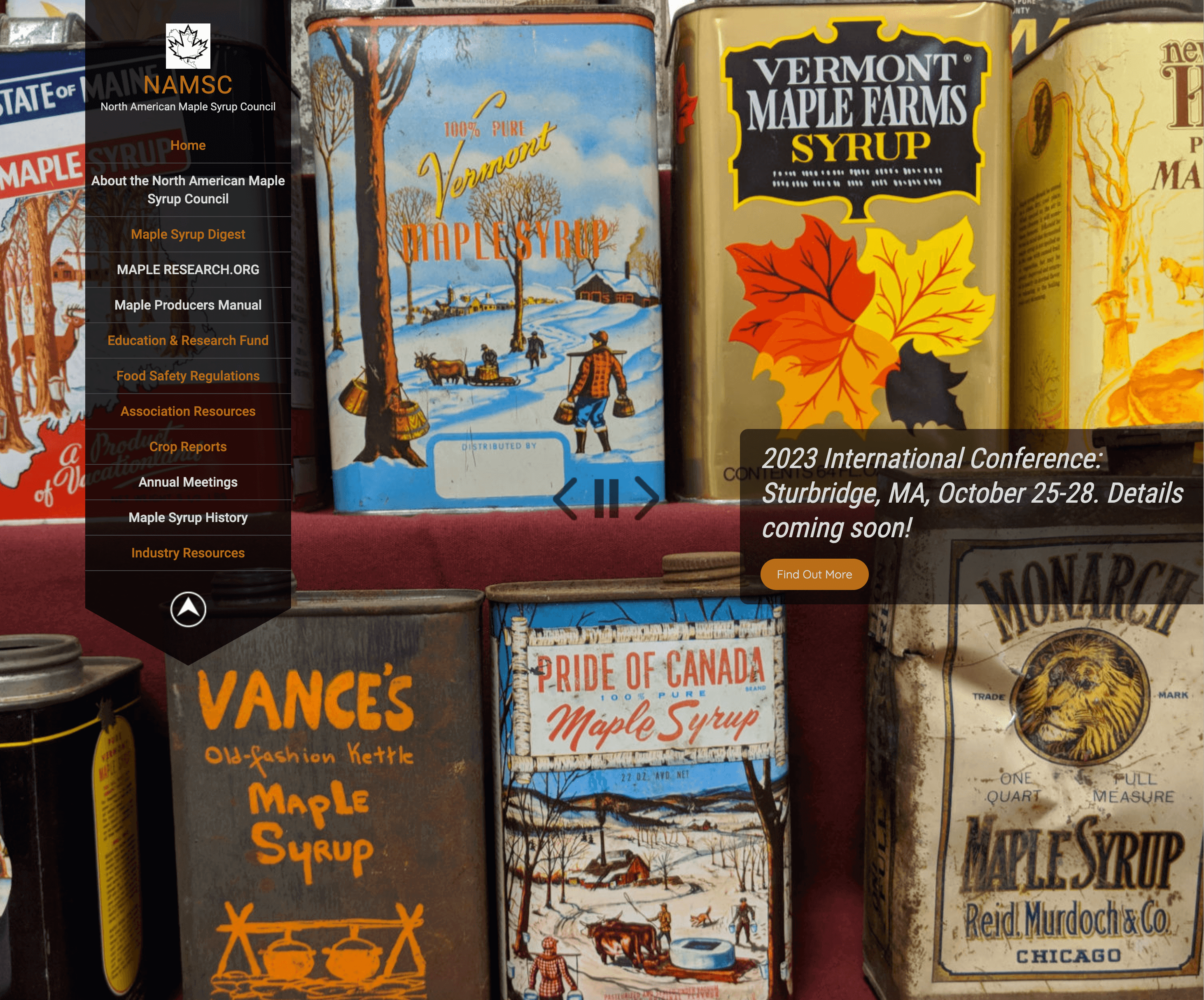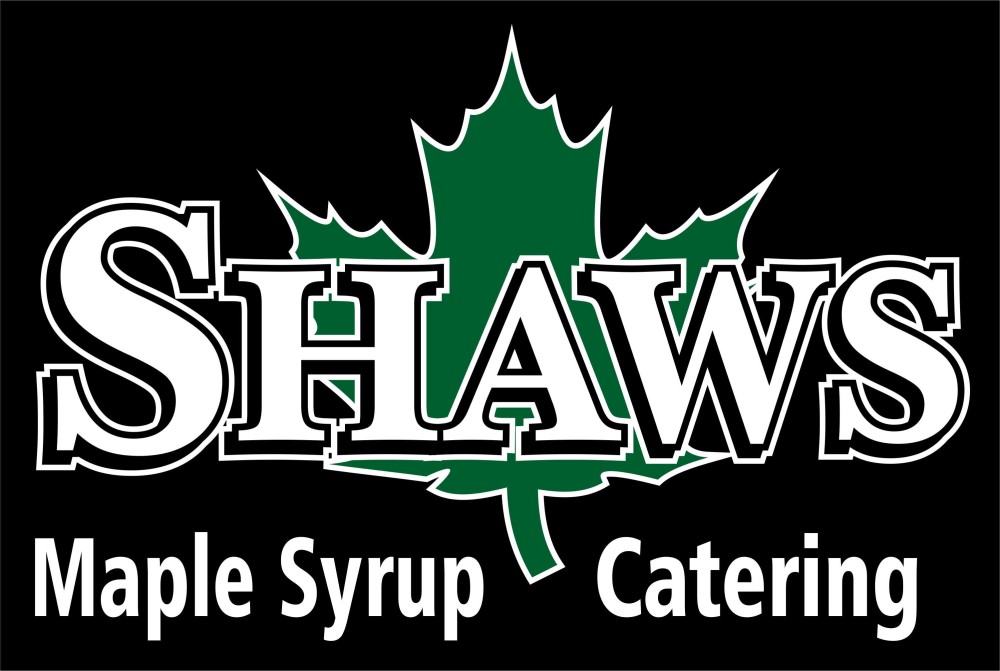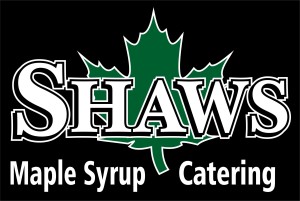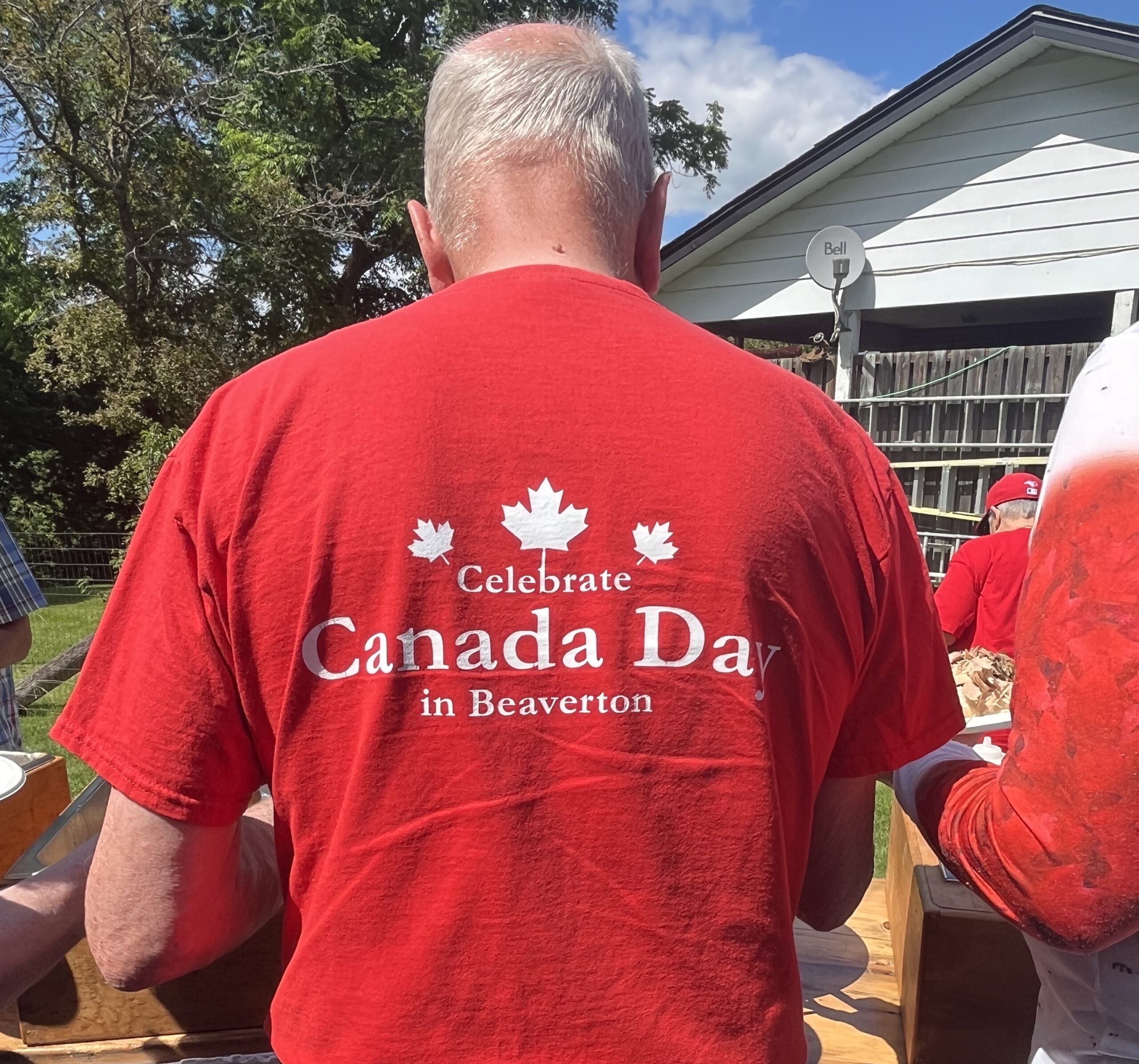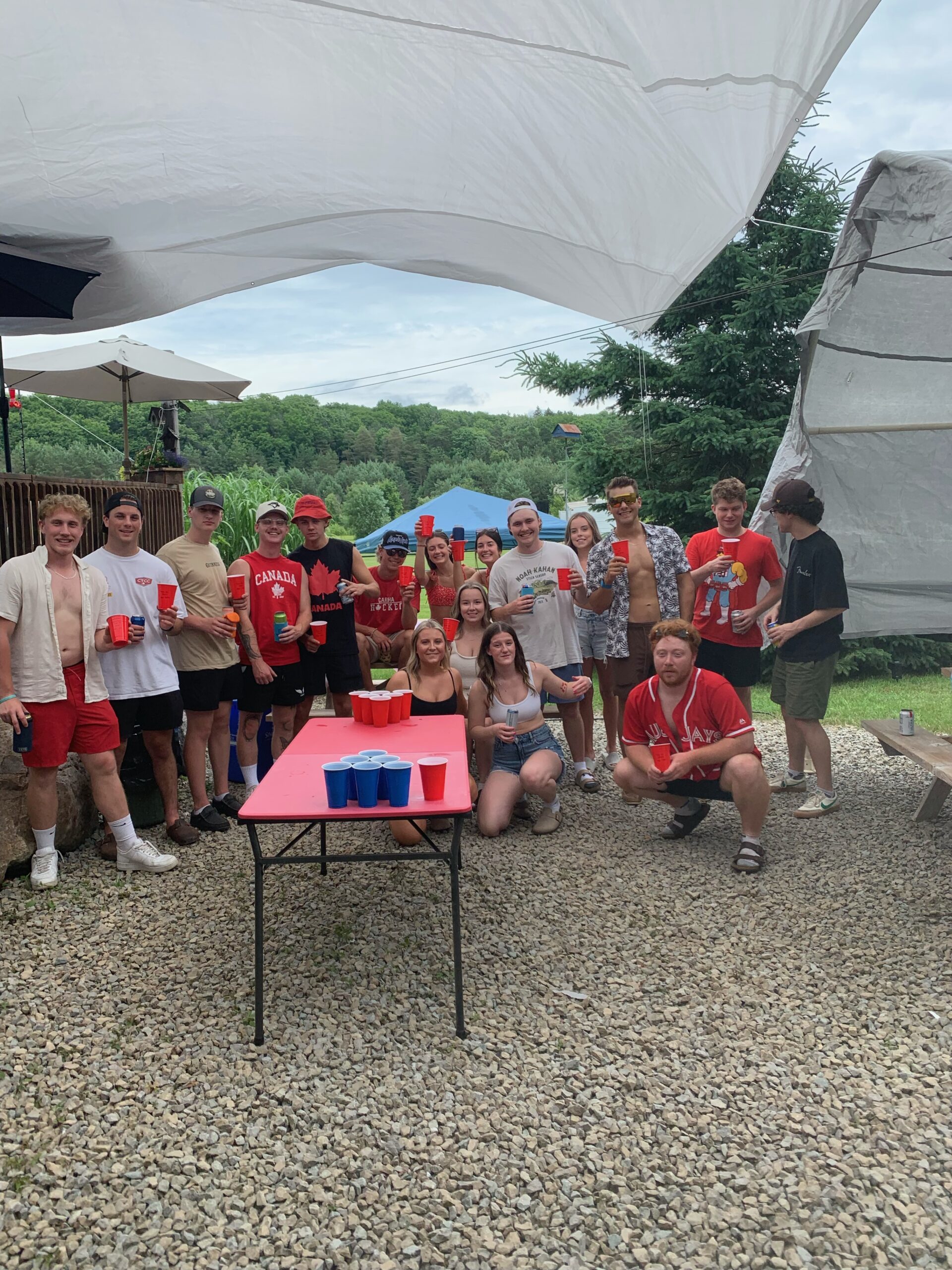It may be hard for some to imagine, but Ontario did not always have the thriving maple syrup industry we enjoy now. In the 1960’s, a lack of regulations and standards for maple syrup production meant that many producers worked independently. Independent production led to a significant variation in the quality of maple syrup which in turn led to concerns about food safety. Naturally, that threatened the entire industry and the volume of syrup being produced in Ontario was declining. Luckily for Ontario, a small group of men, including Ron Shaw, shared a passion for farming and a vision for the maple syrup industry. They also had the energy and resources to bring that sweet vision to life.
In 1965, the honourable William (Bill) A. Stewart, then Ontario’s Minister of Agriculture, commissioned a survey of the maple syrup industry by the Ontario Food Council. The results of the survey showed the industry held tremendous, underutilized potential for farm income in Ontario. In response, Bill Stewart established a development program specifically focussed on reversing the decline, and positioning the Ontario maple industry for growth. An interdisciplinary working group that included Dick Goodin from the Ontario Food Council and Ernie Steele from the Department of Lands and Forests set out to find ways to revive the industry.
One of first places the program looked to for guidance was the Baker farm on the corner of Bathurst Street and Highway 7 in Toronto. Amos Baker’s family had been making syrup on their property since 1816 and Amos was familiar with Dick and Ernie as customers. Amos encouraged the pair to participate in a fall tour of syrup producers in New York State where they would see first-hand the benefits of a producers’ association. While in New York, Ernie and Dick met Ron and Ruthanne Shaw who were fourth generation syrup makers from Orillia. The group was immediately aligned behind a desire to grow the floundering Ontario market. Together, Ron, Ruthanne, Dick, and Ernie visited several syrup makers in New York State, searching for innovations, discussing how to strengthen the industry, and planning how to start a syrup producers’ association in Ontario.
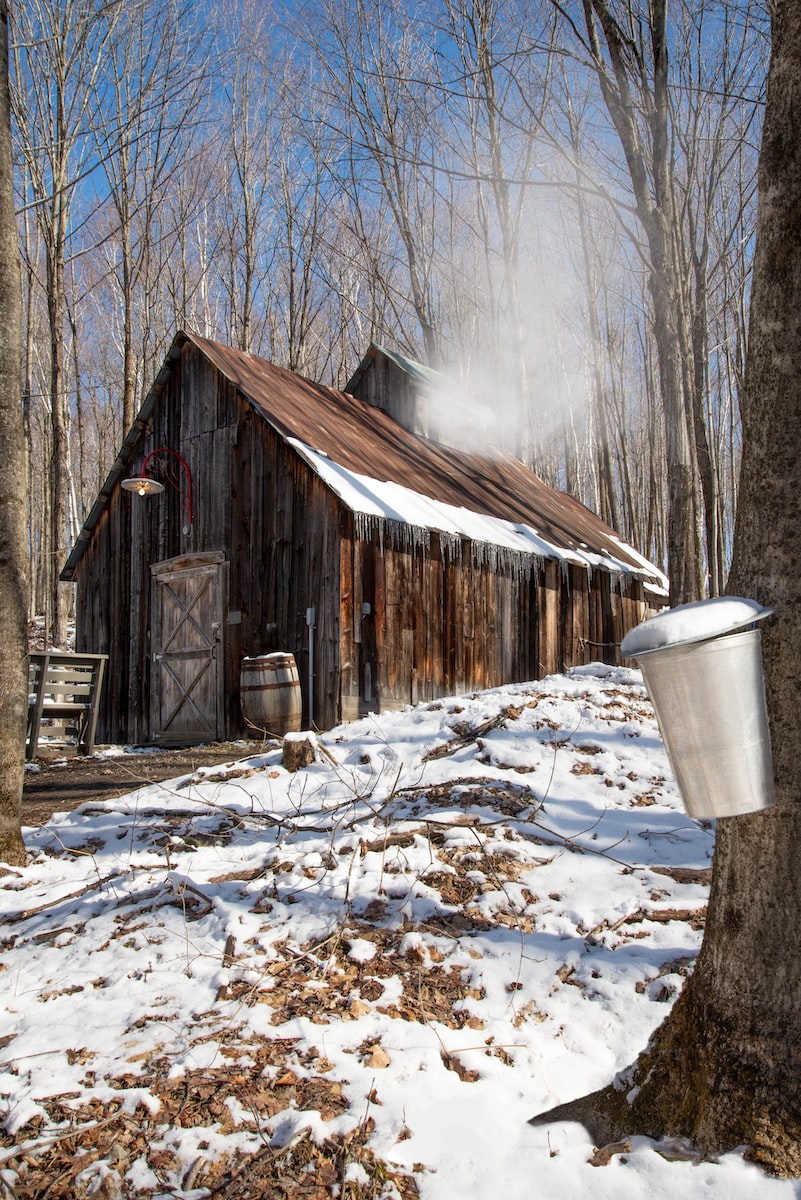
Creating the Ontario Maple Syrup Producers Association
Upon their return to Ontario, Dick and Ernie used a meeting of syrup makers in Sundridge Ontario to gauge the interest in an Ontario association. They asked Ron Shaw and Amos Baker to come to the meeting and speak about the advantages they, as multi-generational and very experienced syrup makers, saw in a producers’ association.
There was so much interest at this first meeting that Dick and Ernie proceeded to divide Ontario into 11 maple syrup producing districts. They then set forth to promote the idea of a province-wide association through conversations at kitchen tables across each and every one of the districts. In the fall of 1966, the Ontario Maple Syrup Producers Association (OMSPA) was formed at a meeting in Lindsay Ontario. An executive was elected, by-laws introduced and two members from each of the 11 districts were named as representatives. Recognizing the gaps in the industry at the time, the minutes of the inaugural meeting of the Association outline six clear objectives with the first one being to “encourage the development and expansion of the maple syrup industry in Ontario”. Other objectives include encouraging better woodlot management, the use of labour-saving scientific and practical methods of sap collection and syrup making, to promote better marketing and higher returns to producers, and to work with government and farm agencies for the betterment of the industry. There were 81 maple syrup producers from across the province at that first meeting. Click HERE to see the original list of attendees.
With the continued support of the Department of Agriculture and Food, the OMSPA would go on to help implement several initiatives to strengthen the industry such as establishing official grades and standards for syrup, introducing the use of consistent containers, and an providing an exclusive label for Ontario Maple Syrup Products for members of the Association in good standing. They also helped coordinate the promotion of maple syrup products throughout Ontario, across Canada and internationally.
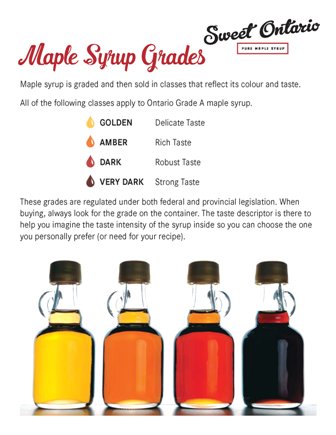
Ron's Role in Building the Maple Industry
Ron and Ruthanne took an active role in both establishing and promoting the Ontario Maple Syrup Producers Association. Their participation at meetings, events, and plowing matches seemed to be driven by an endless source of energy. The also played a large part in promoting maple syrup and a wide variety of associated maple products like maple butter, maple sugar and maple taffy at fairs across the province including the Royal Winter Fair in Toronto. By 1973, the positive impact that the producers’ association had on the industry was obvious. Ron and the OMSPA worked to extend the reach of their collaboration by merging with the National Maple Syrup Council in the US. Their efforts would result in the creation of the North American Maple Syrup Council (NAMSC). The NAMSC, which represents 16 syrup-producing states and provinces, is now celebrating its 50th year.
Ron was Ontario’s delegate to the NAMSC from 1973 through to 1987 when he was inducted to the Maple Syrup Hall of Fame. During his time with the NAMSC, Ron served on many committees and was elected Chairman in 1981. Ron also served as president of the OMSPA from 1970 to 1972. While Ron was active in promoting many aspects of the maple syrup industry, he was particularly involved in establishing uniform grades in both the US and Canada. He also played a key role in addressing the significant impact that acid rain had on the maple syrup industry in the early 1980’s.
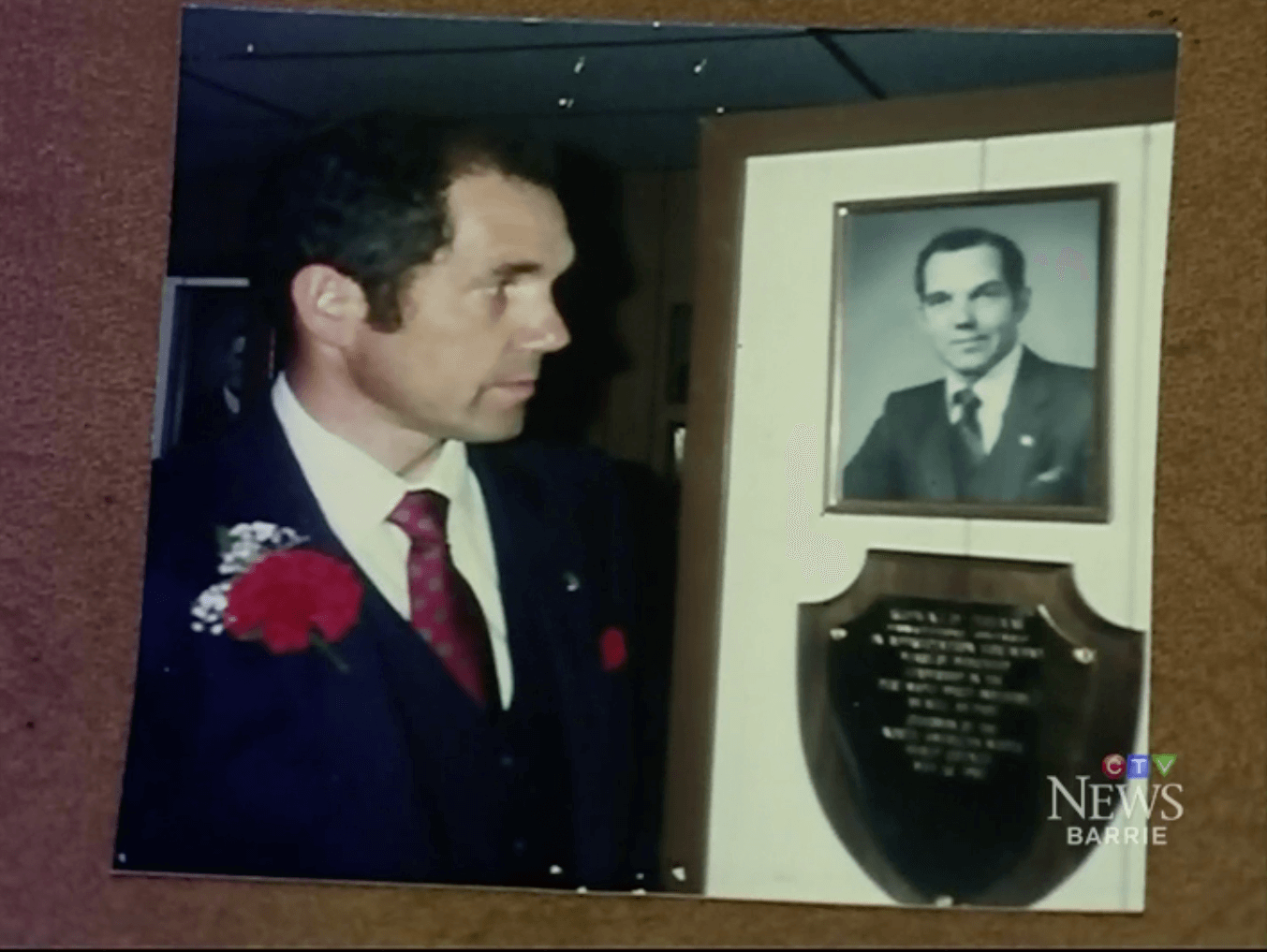
Look At Us Now!
We are extremely grateful for the vision and energy this small group put into developing the Ontario maple syrup industry. Standards, regulations, collaboration, and support for producers are some of the reasons why the maple industry in Ontario reversed its mid-1960’s decline and started to grow. Now an established industry, the 589,800 gallons of maple syrup produced in Ontario in 2022 is almost twice the 311,500 gallons produced in 1966 when Bill Stewart flagged the industry’s potential. The OMSPA continues to deliver valuable support to syrup-makers across Ontario. There are now over 600 members taking advantage of the OMSPA’s efforts to ensure “that the unique traditions associated with this craft continue for many centuries to come”.
